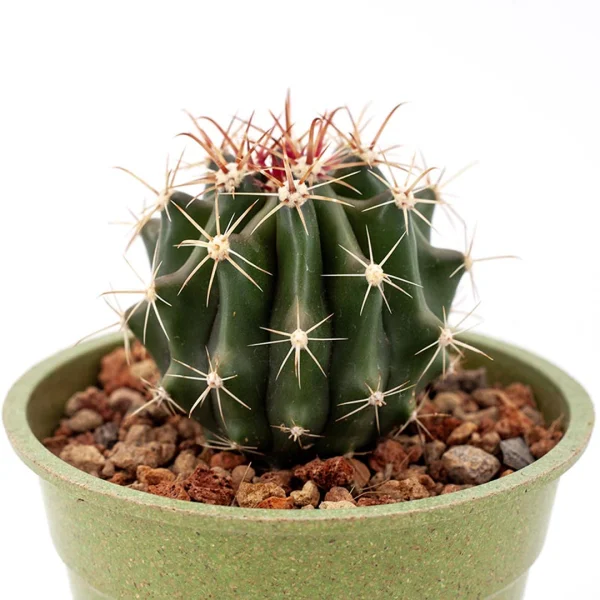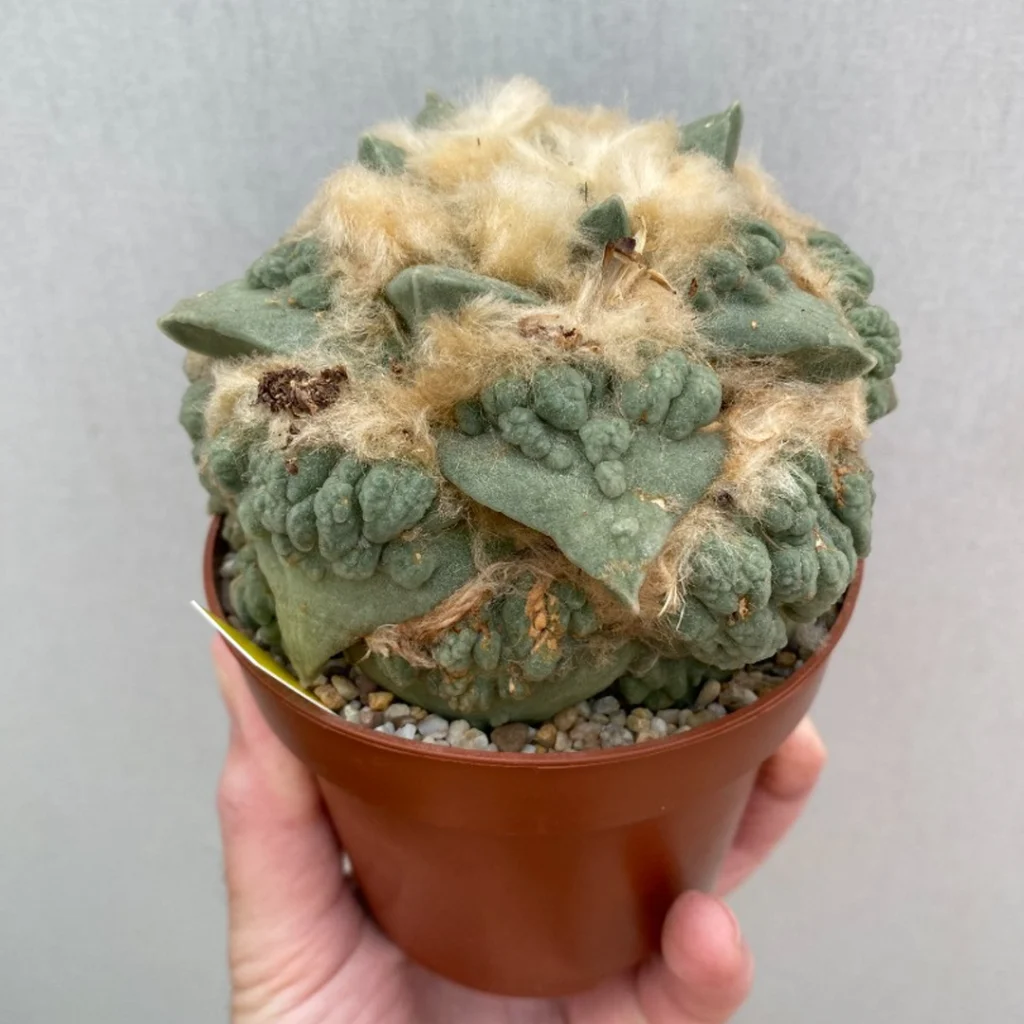Euphorbia caput-medusae, commonly known as “Medusa’s Head,” is a captivating and unusual succulent native to the coastal regions of South Africa. Its name comes from its distinctive appearance, where multiple snake-like stems radiate outward from a central base, resembling the mythical Gorgon Medusa.
The sprawling stems can grow up to 30 cm (12 inches) in length and are covered in tiny, scale-like structures. These stems emerge from a central, rounded caudex, which serves as a water reservoir during dry conditions. The plant may produce small, inconspicuous greenish-yellow flowers at the tips of its stems, adding to its exotic allure.
This species thrives in xerophytic conditions, making it an excellent choice for succulent enthusiasts seeking a low-maintenance yet visually striking addition to their collection.
How to Care
- Light: Requires bright, indirect sunlight. Can tolerate some direct morning or evening sun but should be protected from harsh midday rays.
- Watering: Water sparingly, allowing the soil to dry out completely between waterings. Overwatering can lead to root rot.
- Soil: Use a well-draining cactus or succulent mix. Adding sand or perlite enhances drainage.
- Temperature: Prefers warm temperatures between 20°C to 30°C (68°F to 86°F). Protect from frost and keep above 10°C (50°F).
- Fertilizer: Feed with a diluted succulent fertilizer once a month during the growing season (spring and summer). Avoid over-fertilizing.
- Repotting: Repot every 2-3 years, or when the plant outgrows its container. Use a pot with drainage holes to prevent waterlogging.
- Propagation: Propagate via stem cuttings. Allow cuttings to dry and callous before planting in a well-draining medium.























